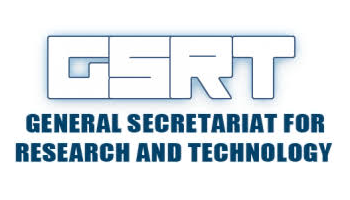
Breast cancer is a very common disease with 6,000 new cases estimated every year in Greece, and 420,000 new cases in Europe (mortality 130,000/year), while ovarian cancer respective figures are 1,000 and 67,000 with a much higher, proportionally, mortality (42,000/year) as they are usually diagnosed in later stages.
Breast cancer has a mean age of onset of 54 years and ovarian cancer 64 years. Hereditary cases present a ~12 years earlier mean age of onset, 42 and 52 respectively. Early age of disease onset is indicative of a defect in a cancer predisposing gene. Approximately 2% of breast and ~ 1% of ovarian cancer cases are diagnosed at ages < 30 years, with the youngest diagnosed cases of breast or ovarian cancer being 16 years old. The reasons of cancer presentation at that young age are largely unknown although mutations in many DNA repair genes (e.g. BRCA1, BRCA2, PALB2, CHEK2, RAD51C, p53, STK11, CDH1, PTEN) can explain at least partially this extreme phenotype. However the age at onset and the severity of the illness are excellent predictors of allelic heterogeneity in new loci yet to be identified.
Based on these considerations our proposed project has the following specific objectives:
